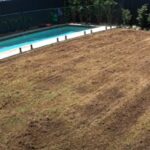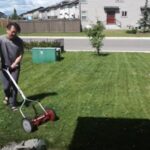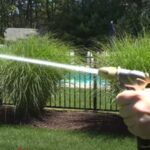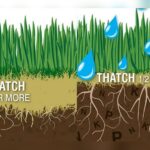Is aeration really necessary for your lawn? If you’ve been wondering whether this common lawn care step is worth your time and effort, you’re not alone.
You want a lush, green lawn that feels soft underfoot and stands strong against heat, drought, and pests. But if your soil is compacted, your grass roots could be struggling silently beneath the surface. Without proper aeration, your lawn might look fine now but could be weakening day by day.
You’ll discover exactly what happens when you skip aeration, how it affects your lawn’s health and appearance, and whether it’s something you should prioritize to keep your yard thriving year after year. Keep reading to find out if aeration is truly necessary for your lawn’s success.
You May Like
- High-Powered Performance: Equipped with a 12-amp motor, this versatile…
- Customizable Depth Control: Adjust the 5-position height settings to tailor…
- Enhanced Aeration for Lush Growth: The scarifier function cuts into grass…
- Air Boost Technology for Maximum Pickup: Durable spring steel tines…
- If you have any questions, please read the last page of the MANUAL and…
- 2-IN-1 VERSATILITY: The Garden Dethatcher Scarifier combines the…
- 15AMP POWERFUL MOTOR: Take your lawn dethatcher care to the next level with…
- 5-POSITION DEPTH ADJUSTMENT: Take control of your lawn maintenance…
- [Powerful Electric Motor]:Equipped with a copper motor, this electric…
- [15-Inch Rake Path with Adjustable Depth]:With a 15-inch wide rake path and…
- [Quick-Switch 2-in-1 Blades]:Use the dethatcher to clear thatch and moss or…
- [Large 45L Collection Bag for Efficient Lawn Maintenance]:A large 45L…
- WORKING DEPTH AND HEIGHT ADJUSTMENT: Adjust the 5-position control lever to…
- 2-IN-1 QUICK-RELEASE BLADE: The TIECTOWN lawn dethatcher features both…
- LIGHTWEIGHT AND EASY TO STORE: Weighing just 30 lbs, this dethatcher is…
- POWERFUL 15A MOTOR (Peak 15.5A): This dethatcher/scarifier is equipped with…
- POWERFUL 15A MOTOR (Peak 15.5A): This dethatcher/scarifier is equipped with…
- WORKING DEPTH AND HEIGHT ADJUSTMENT: Easily adjust the 5-position control…
- 2-IN-1 QUICK-RELEASE BLADE: The TIECTOWN dethatcher comes with both…
- LIGHTWEIGHT AND EASY TO STORE: Weighing only 30 lbs, this dethatcher is…
Why Aeration Matters
Soil compaction makes it hard for roots to grow deep. Grass roots stay shallow, limiting their strength. This weak root system cannot hold the grass firmly.
Water and nutrients cannot reach the roots easily. Compacted soil blocks their path, making the lawn weak and less healthy. Grass may turn yellow or brown.
Thatch buildup creates a thick layer of dead grass on the soil. This layer stops air, water, and nutrients from reaching the roots. It also makes the lawn feel soft and spongy.
Increased stress happens because the lawn has trouble coping with heat, drought, insects, and diseases. A lawn with compacted soil and thatch is less able to survive tough conditions.
Signs Your Lawn Needs Aeration
Thinning grass often shows that the soil is too compacted. This makes it hard for roots to grow deep. Grass looks sparse and weak. Discolored patches like yellow or brown spots appear when grass lacks nutrients and water. The lawn can look unhealthy and tired.
A spongy lawn texture means there is too much thatch under the grass. This thick layer blocks air, water, and nutrients from reaching roots. The lawn feels soft and bouncy when you walk on it.
Timing And Frequency
Annual aeration helps your lawn breathe better and grow strong roots. It allows water, air, and nutrients to reach deep into the soil. This keeps your grass healthy and green throughout the year. Without aeration, soil can get compacted, making it hard for roots to grow.
Skipping aeration can cause several problems. Soil becomes hard and tight, leading to shallow roots and poor water absorption. Grass may turn yellow or patchy. Thatch buildup increases, which blocks air and nutrients. This makes your lawn weak and more likely to get diseases or dry out during hot weather.
| Best Seasons to Aerate | Why |
|---|---|
| Spring | Grass starts growing actively, so it recovers quickly. |
| Fall | Cooler weather helps roots grow deep before winter. |
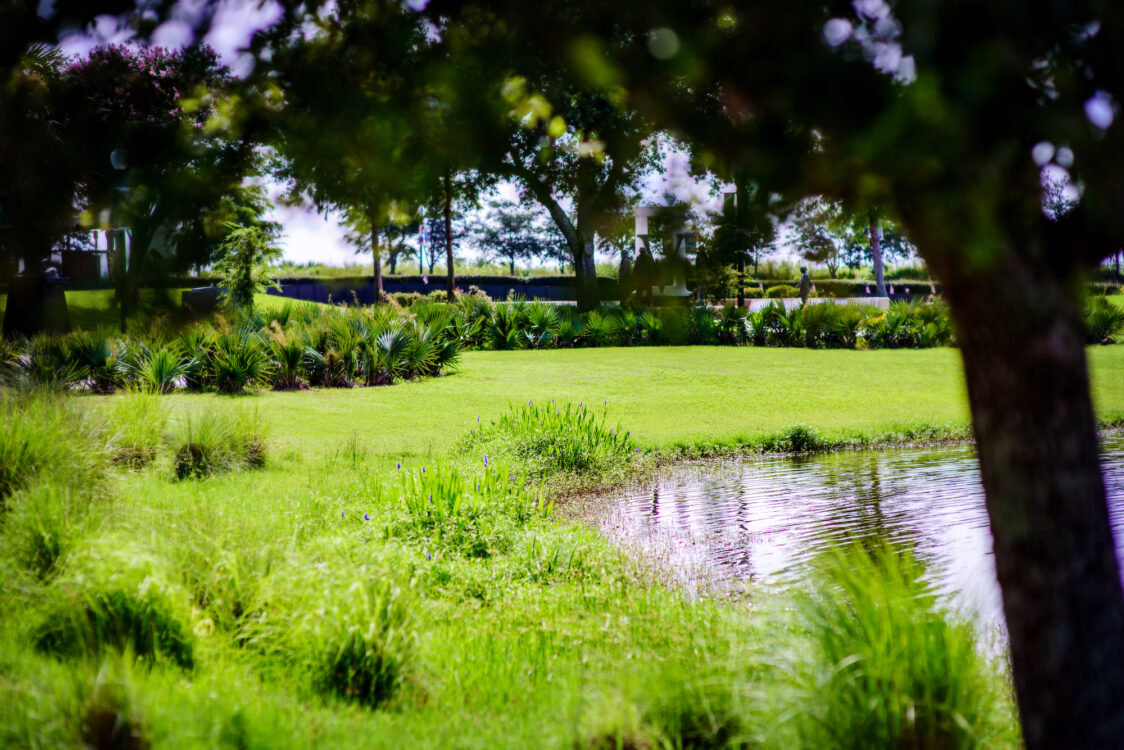
Credit: jerrypatedesign.com
Aeration Methods
Core aeration removes small plugs of soil from the lawn. This helps air, water, and nutrients reach the roots better. It also reduces soil compaction and helps grass grow thicker and stronger.
Spike aeration pokes holes in the soil using solid tines or spikes. It loosens the soil but does not remove plugs. This method is quicker but less effective for heavy compaction.
Choosing the right tool depends on your lawn’s condition. Core aerators work best for lawns with heavy soil compaction. Spike aerators suit light compaction or smaller lawns. Consider the soil type, grass type, and how compact your lawn feels before selecting a tool.
Potential Drawbacks
Energy and maintenance costs can add up with regular aeration. The machines use fuel or electricity, which may increase your bills. Regular upkeep of aeration equipment is also needed to keep it working well. This means extra time and money.
Over-aeration risks include damaging grass roots or making soil too loose. Too many holes can dry out the lawn faster. This can stress your grass and make it weaker instead of healthier.
Environmental sensitivities matter too. Aeration can disturb beneficial insects or soil microbes. It can also cause soil erosion if done on slopes. Care must be taken to protect the local ecosystem.
Aesthetic considerations are important for many homeowners. Aeration can leave holes and soil plugs on the lawn. These may look messy until they disappear. This might not be ideal before special events or photo days.

Credit: www.reddit.com
Maximizing Aeration Benefits
After aeration, proper care helps your lawn recover well. It is best to combine aeration with fertilization. Fertilizer feeds the grass and promotes strong growth. Applying fertilizer soon after aeration allows nutrients to reach the roots easily.
Watering strategies matter a lot post-aeration. Water the lawn deeply but avoid overwatering. Deep watering helps nutrients soak into the soil and encourages roots to grow deeper. Light, frequent watering can cause problems and should be avoided.
| Post-Aeration Care | Why It Helps |
|---|---|
| Fertilization | Feeds grass and boosts root growth |
| Deep Watering | Helps nutrients reach roots and strengthens lawn |
| Avoid Overwatering | Prevents lawn diseases and waterlogging |
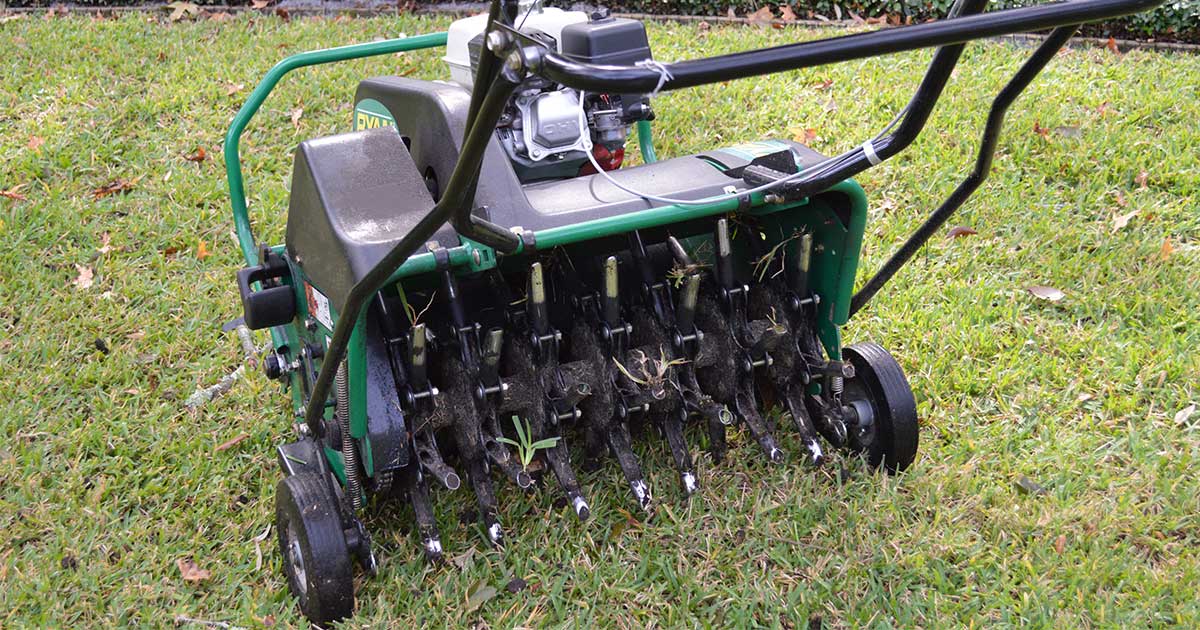
Credit: www.pennington.com
Frequently Asked Questions
What Happens If You Don’t Aerate Your Lawn?
Neglecting lawn aeration causes soil compaction, weak roots, poor water and nutrient absorption, increased thatch, and higher vulnerability to pests and drought. This results in thinning, patchy, and unhealthy grass that struggles to thrive.
What Are The Drawbacks Of Aeration?
Aeration can be costly and time-consuming. Over-aeration may damage roots. It may not evenly improve oxygen flow in all soil types.
What Month Should I Aerate My Lawn?
Aerate your lawn in early spring or fall for cool-season grasses. For warm-season grasses, late spring to early summer works best. Choose months with moderate temperatures and moist soil for effective aeration. Avoid aerating during extreme heat or drought conditions to protect your lawn.
Can You Skip Aeration?
Skipping aeration can cause soil compaction, shallow roots, poor nutrient absorption, and increased thatch buildup. This weakens your lawn. Regular aeration keeps grass healthy, strong, and resilient against pests, drought, and diseases. Avoid skipping it for a dense, vibrant lawn.
Conclusion
Aeration helps soil breathe and roots grow strong. Without it, soil gets hard and grass suffers. Water and nutrients cannot reach deep roots well. This causes thin, weak grass and bare spots. Aeration reduces thatch and improves lawn health. Regular aeration supports a green, lush lawn all year.
Don’t wait for problems to appear. Keep your lawn healthy by aerating at the right time. A well-aerated lawn looks better and handles stress easier. Simple steps like aeration make a big difference in lawn care.






